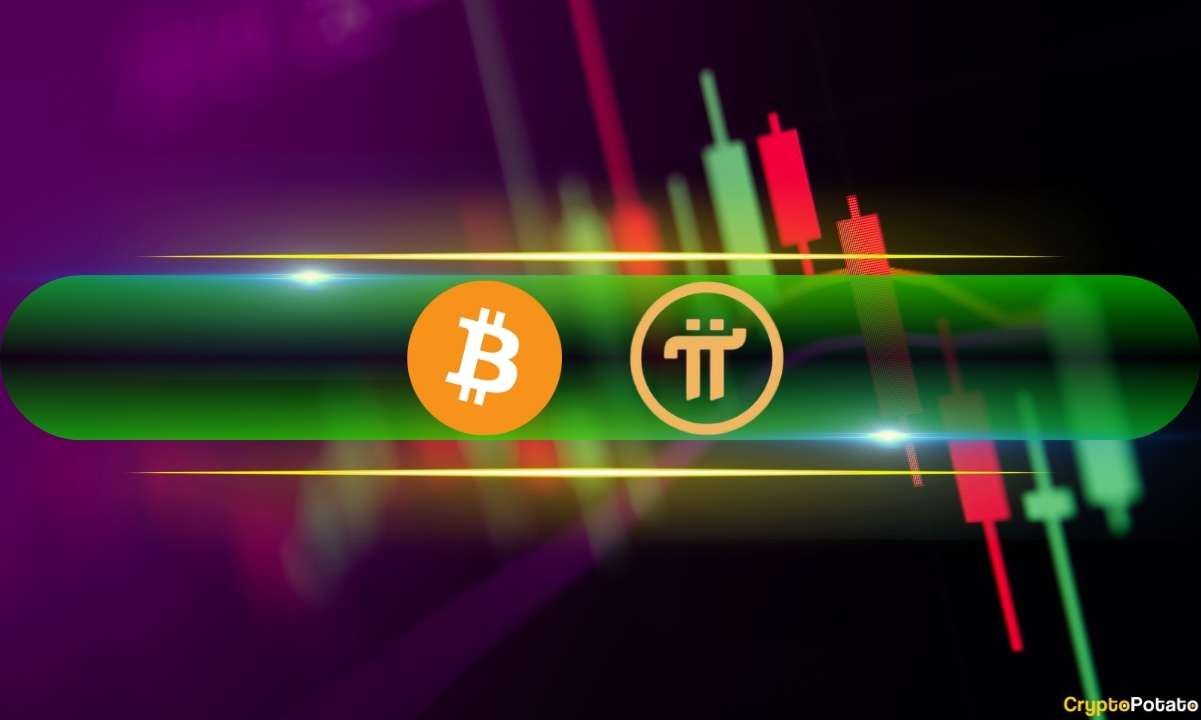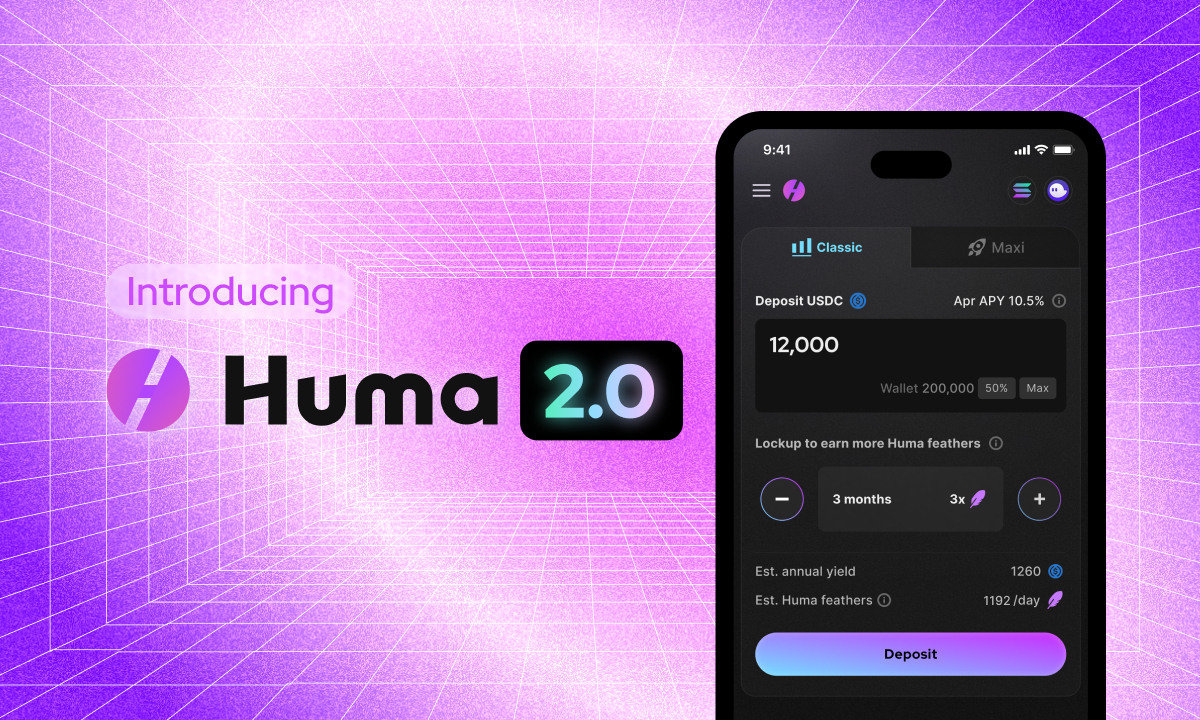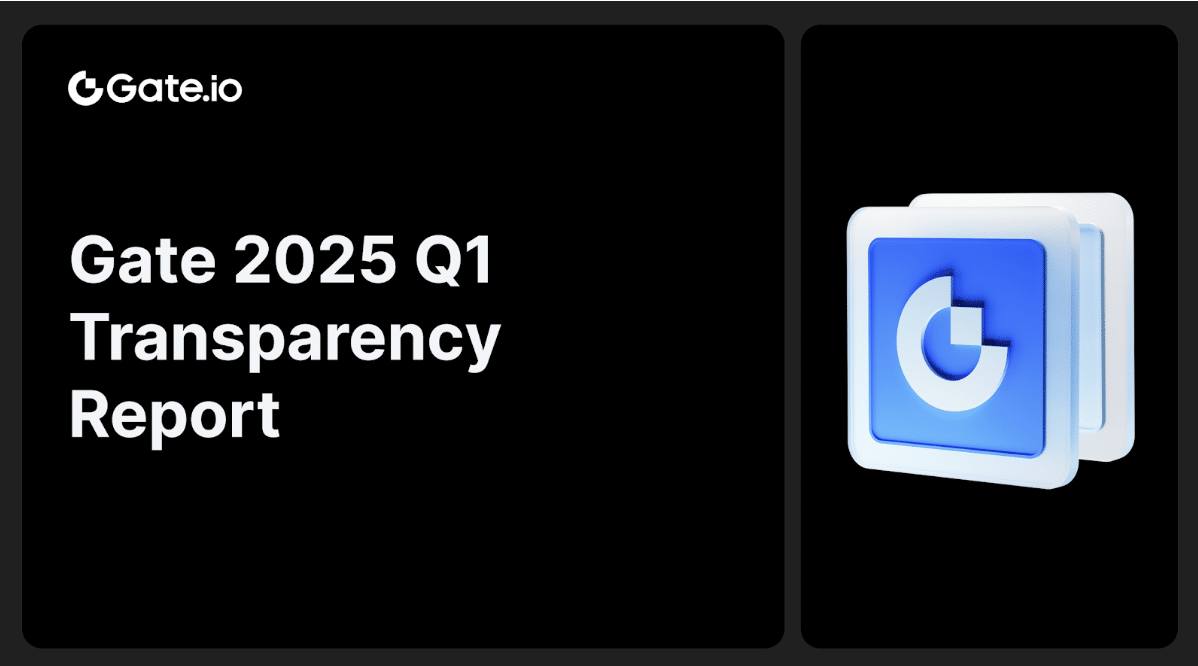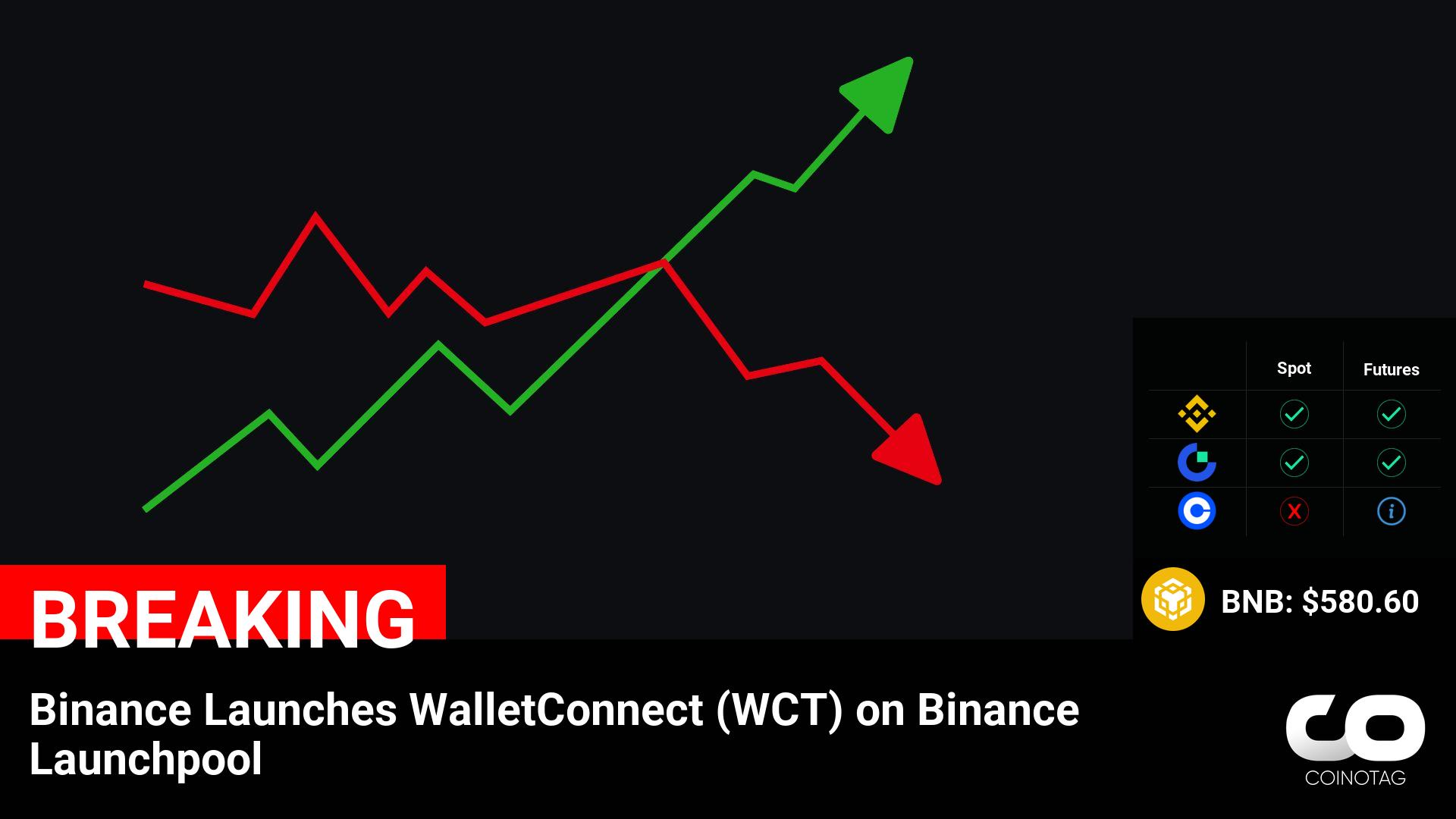
Bitcoin’s price actions went through a highly volatile period in the past several days due to the escalation of Trump’s Trade War, but has managed to calm now at around $83,500. Many altcoins experienced similar volatility lately. Now, though, PI has finally bounced off while TON has plunged hard. BTC Stabilizes at $83.5K It was a wild week in terms of price actions for the primary cryptocurrency, mostly influenced by global economic developments. It started with a price slump to $81,200, but the asset reacted well and jumped almost immediately. The peak came on Wednesday after reports that Elon Musk would leave President Trump’s inner circle, and bitcoin skyrocketed to over $88,000. However, then came the so-called ‘Liberation Day’, and the latest tariffs imposed by the POTUS resulted in an immediate price slump of over six grand. More volatility ensued by the end of the weekend as other countries responded similarly. BTC was stopped at $85,000 on a couple of occasions, while the $81,000 support held its price from breaking further below. As of now, the cryptocurrency trades at around $83,500. Its market capitalization remains still at $1.660 trillion, while its dominance over the alts has declined slightly to just under 60% on CG. BTCUSD. Source: TradingView PI on the Rebound After weeks and weeks of continuous price declines, Pi Network’s native token has finally bounced off in the past 24 hours. The asset, which marked an all-time low yesterday, is up by 9% now and sits at $0.6. Still, its performance on a monthly scale is quite underwhelming as it’s down by 69%. OKB is the other notable gainer from the larger-cap alts, having surged by a similar percentage to over $51. In contrast, TON has plunged the most (-7%), followed by LEO and ICP. SOL, XRP, and DOGE are with minor gains, while BNB, ADA, and TRX are with insignificant losses over the past 24 hours. The total crypto market cap has added around $60 billion since yesterday’s low and is up to $2.780 trillion on CG. Cryptocurrency Market Overview. Source: QuantifyCrypto The post PI Token Finally Rebounds as Bitcoin (BTC) Calms at $83K (Weekend Watch) appeared first on CryptoPotato .
Crypto Potato
You can visit the page to read the article.
Source: Crypto Potato
Disclaimer: The opinion expressed here is not investment advice – it is provided for informational purposes only. It does not necessarily reflect the opinion of BitMaden. Every investment and all trading involves risk, so you should always perform your own research prior to making decisions. We do not recommend investing money you cannot afford to lose.
Crypto Stocks Soar as Trump Hits Pause on Global Tariffs, Bitcoin Gains Momentum

Crypto-related equities surged on April 9, lifted by a broader market rebound triggered by President Donald Trump’s unexpected announcement of a 90-day pause on sweeping global tariffs . The last three hours of trading proved pivotal, as stocks responded sharply to Trump’s Truth Social post outlining his decision to delay the enforcement of “reciprocal tariffs” and instead impose a uniform 10% tariff—excluding China, which now faces a hefty 125% rate due to its retaliatory trade policies. Among the biggest beneficiaries was Michael Saylor’s MicroStrategy (MSTR), which closed the day up 24.76% at $296.86. Coinbase (COIN), one of the leading crypto exchanges, followed closely with a 17% surge, ending at $177.09. The rally extended to miners as well, with Marathon Digital Holdings (MARA) jumping 17%, Cipher Mining (CIFR) adding 16.59%, and Riot Platforms (RIOT) climbing 12.77%. The broader US stock market rallied in tandem. The S&P 500 posted a stunning 9.52% gain—its third-largest single-day jump since the Second World War. Meanwhile, the tech-heavy Nasdaq 100 outpaced it, ending the session with a 12.02% increase. Crypto Joins the Global Recovery The impact of the tariff pause wasn’t limited to equities. Bitcoin also staged a notable rebound , rising 7.52% over the past 24 hours to trade at $82,065, according to CoinMarketCap. The turnaround comes after weeks of uncertainty sparked by Trump’s earlier tariff threats, which in February dragged Bitcoin below the $100,000 mark. The most damaging blow came on April 4, when a more aggressive executive order tanked U.S. markets by $3.25 trillion—surpassing the entire crypto market cap at the time. That two-day stretch left investors rattled. However, the latest pivot from the White House appears to have tempered fears for now, restoring optimism in both traditional and digital markets. Asia Pacific Opens Strong Ripple effects from the U.S. surge have already begun to show in the Asia-Pacific region. As markets opened on April 10, Australia’s ASX 200 was up 4.55%, while Japan’s Nikkei 225 jumped nearly 10%. This global relief rally suggests that investors are breathing easier—for now—thanks to Trump’s softened tone and the cooling of what many feared could become a full-scale trade war. The post Crypto Stocks Soar as Trump Hits Pause on Global Tariffs, Bitcoin Gains Momentum appeared first on TheCoinrise.com . Crypto Potato

Huma Finance 2.0 Launches on Solana, Bringing Composable Real Yield to DeFi Users
San Francisco, United States/California, April 10th, 2025, Chainwire Huma Finance , the first PayFi Network, announced the launch of Huma 2.0, a permissionless, compliant, and composable real-yield platform built on Solana today. This launch opens global access to Huma’s stable real yield from global payment financing related to everyday commerce and trade activities. This development broadens individual access to stable, real-world yield—historically more common in institutional finance—by leveraging payment-financing mechanisms. Simultaneously, the existing permissioned service has been rebranded as Huma Institutional to continue serving institutions and accredited investors. Users can begin depositing on the new Huma 2.0 platform immediately. Huma 2.0 offers users alternative ways to participate as liquidity providers. It introduces two primary modes to cater to different user preferences: Classic Mode, designed for those seeking stable, double-digit USDC yield (updated monthly) combined with rewards called Huma Feathers; and Maxi Mode, tailored for users aiming to maximize their accumulation of Huma Feathers, earning rewards at 5x the base rate, without receiving USDC yield. Users can switch the mode of their existing positions at any time. DeFi composability is also a core feature of Huma 2.0, enabled by the $PST, short for PayFi Strategy Token. This liquid, yield-bearing LP token allows holders to integrate their Huma positions with leading protocols on Solana. At launch, users can swap $PST for USDC via Jupiter, the first of several planned integrations with top Solana DeFi platforms. Support for using $PST as collateral on Kamino and trading future rewards via RateX are expected shortly after launch. While participation does not require capital lock-up, users can opt for 3-month or 6-month terms to significantly boost their Huma Feather rewards via multipliers. Notably, during the initial launch period, these multipliers are significantly elevated as part of a limited-time promotion, offering particularly high boosts in Maxi Mode. These features offer users enhanced flexibility and choice in managing their positions. In just two years, Huma Finance’s PayFi Network has rapidly achieved significant scale, processing over $3.8 billion in transactions and generating $8 million in annualized revenue. Huma supports its partners to generate yield from their PayFi operations. Unlike DeFi yields often reliant on token incentives, market speculation, or typically low rates in traditional finance, PayFi yield originates directly from fees paid by businesses using the network for payment financing and settlement liquidity. Capital is recycled rapidly—often within days—compounding fees generated from tangible economic activity. This mechanism has enabled Huma to consistently deliver stable, double-digit USDC yields, showcasing a sustainable model further validated by backing from leading investors and recognition from industry analysts like Messari regarding PayFi’s potential to address a $30 trillion market. “Huma 2.0 isn’t just another yield product — it’s a structural shift.” Said Erbil Karaman, Co-founder of Huma Finance. “By giving payments institutions a new source of liquidity that operates 24/7 with incredible capital efficiency, we are creating a new type of yield that is composable, transparent, and grounded in real economic activity. It finally gives DeFi access to a source of returns that institutions have kept to themselves for decades — and it does so without compromising on what makes DeFi powerful.” The launch of Huma 2.0 comes during significant shifts in global finance and within the DeFi landscape itself. While legacy payment infrastructures like SWIFT face challenges with speed and transparency and trillions in capital remain inefficiently allocated, the demand for modern, blockchain-based solutions is clear, evidenced by stablecoin transaction volumes recently reaching a reported $35 trillion. Huma 2.0 leverages this shift, providing efficient settlement liquidity and broadening access for individuals worldwide to earn from foundational financial activities – an opportunity previously confined mainly to institutions. Crucially, the yield generated through PayFi is designed to be less dependent on crypto market cycles. Whether markets are booming or in a downturn, economic activities like payments and trade may continue, potentially offering a more stable foundation for Huma’s yield generation. This structure may make double-digit returns more relevant during bear markets, where speculative yields often decline. As DeFi matures, there is a readiness for this type of yield – one grounded in tangible commerce rather than token speculation. PayFi serves as a foundational layer, enabling new DeFi strategies like the recent Solmate product from Splyce, which combines Huma’s $PST yield with SOL liquid staking, bridging decentralized finance with productive economic use. Huma 2.0 marks a key step in building a new financial future, fundamentally expanding participation by inviting everyone into a financial revolution where access is open and fair. Early participants can benefit from various reward multipliers, including boosts for prior Huma depositors and partner communities. As the platform expands with more DeFi integrations and plans to be the first major project on Jupiter’s LFG 2.0 launchpad – Huma continues to build finance that is truly accessible. To learn more about Huma 2.0 or participate, users can visit https://huma.finance or follow @humafinance on X. For media inquiries, users can contact: Ejiro Oviri, ejiro@huma.finance. About Huma Finance Huma is the first PayFi (Payment Finance) network. It features an open-stack liquidity protocol with applications for key areas like cross-border payments, stablecoin-backed cards and trade finance. The network addresses a total market estimated at over $30 trillion. Its mission is to accelerate the movement of money for a world that’s always on. Huma is the source of this content. This Press Release is for informational purposes only. The information does not constitute investment advice or an offer to invest. Contact Director of Brand Marketing Ejiro Huma Finance ejiro@huma.finance Crypto Potato











